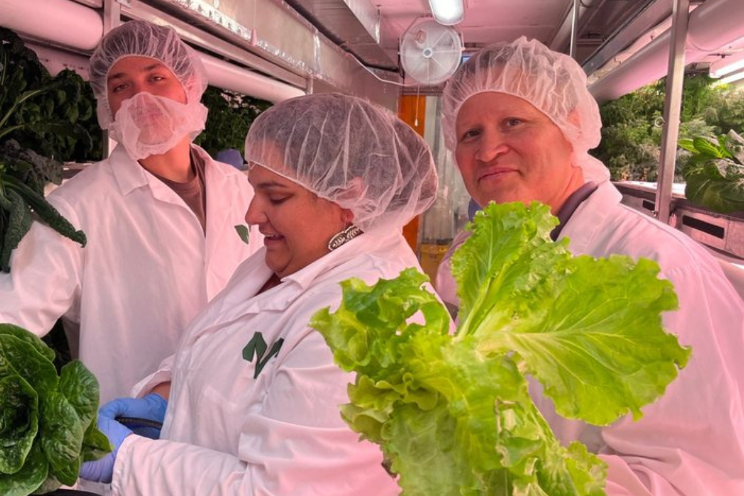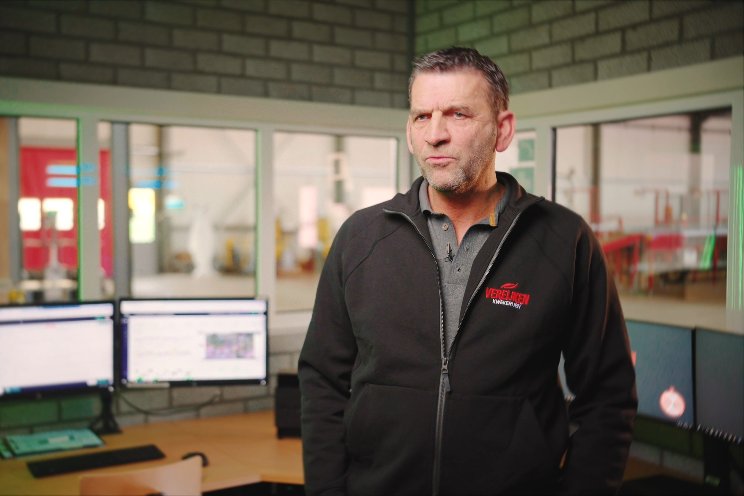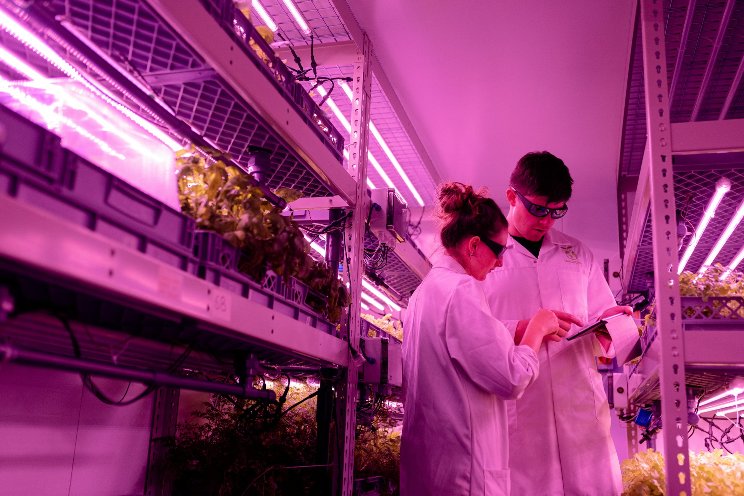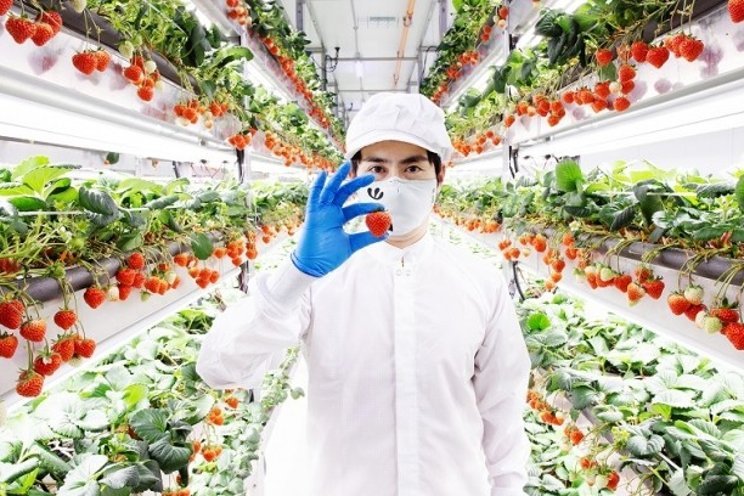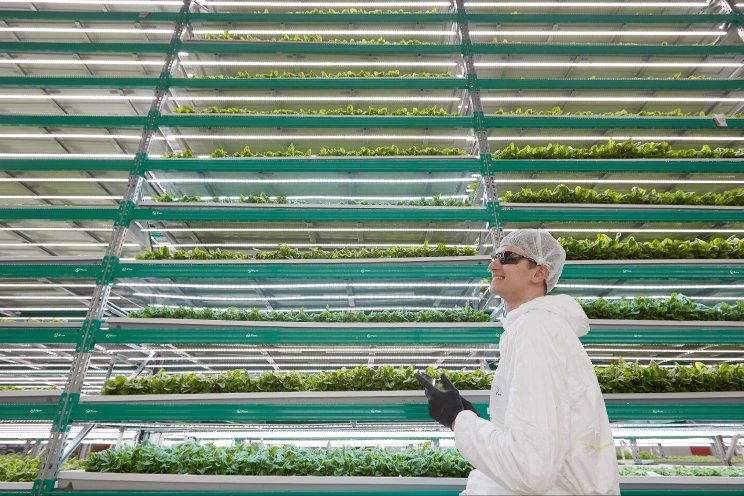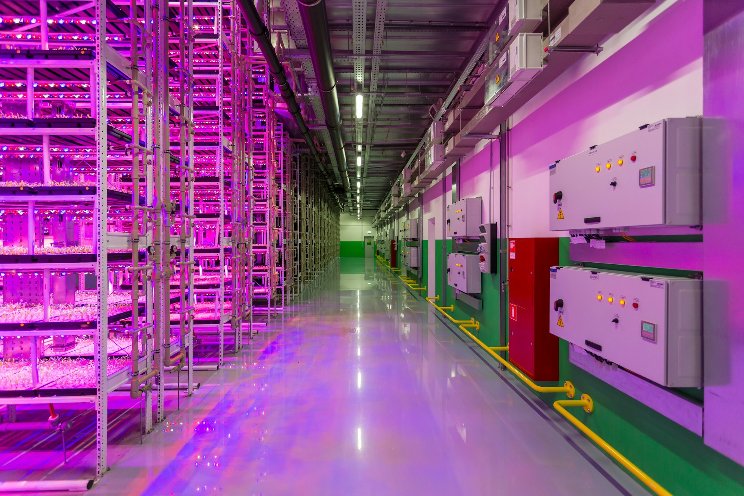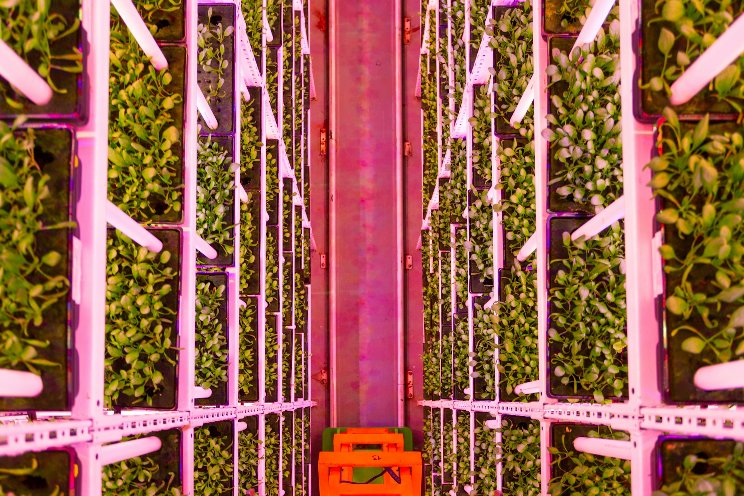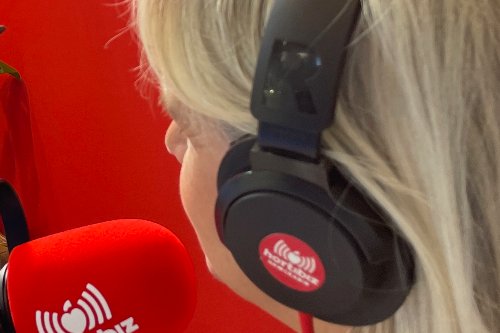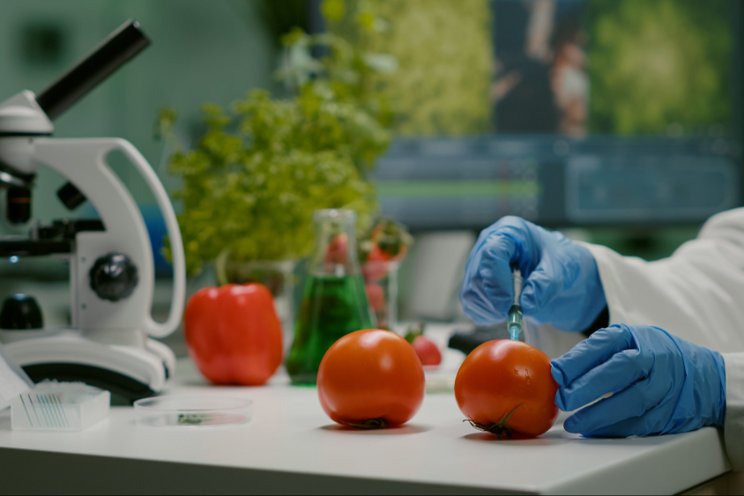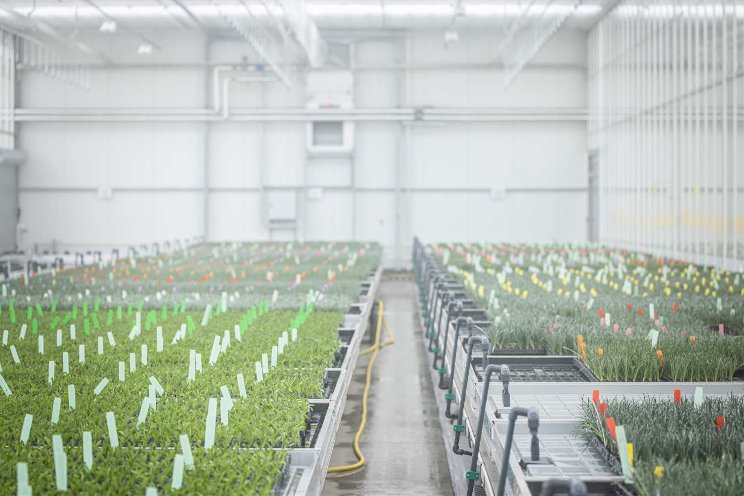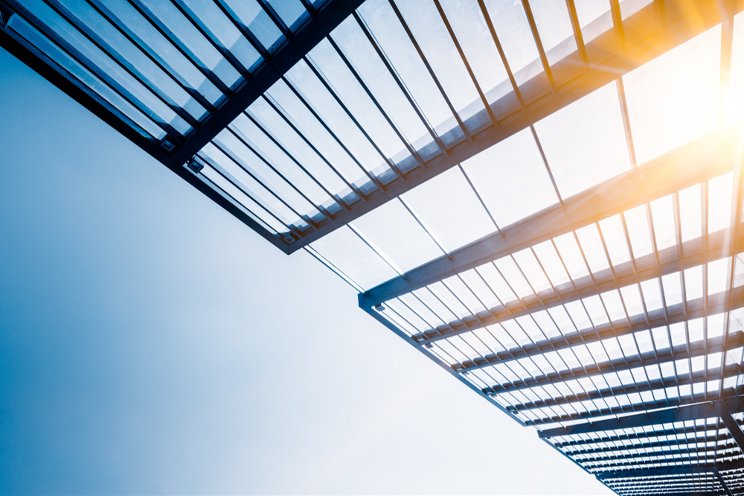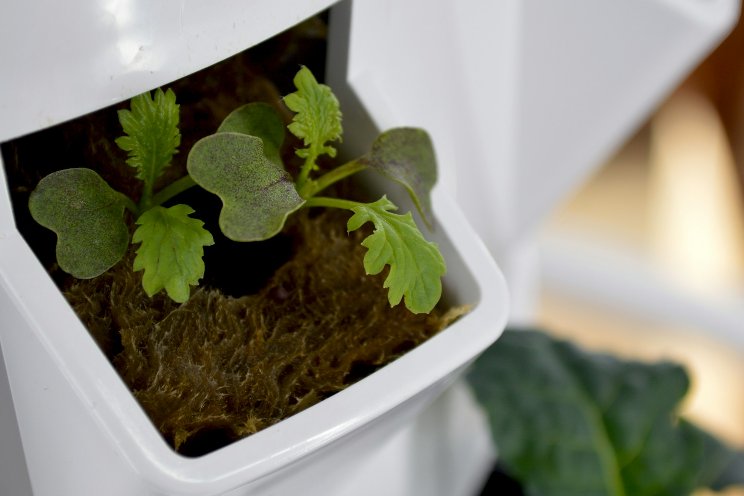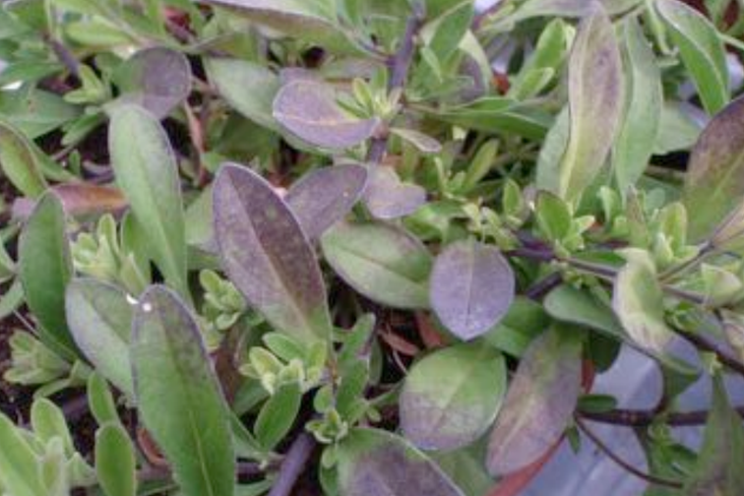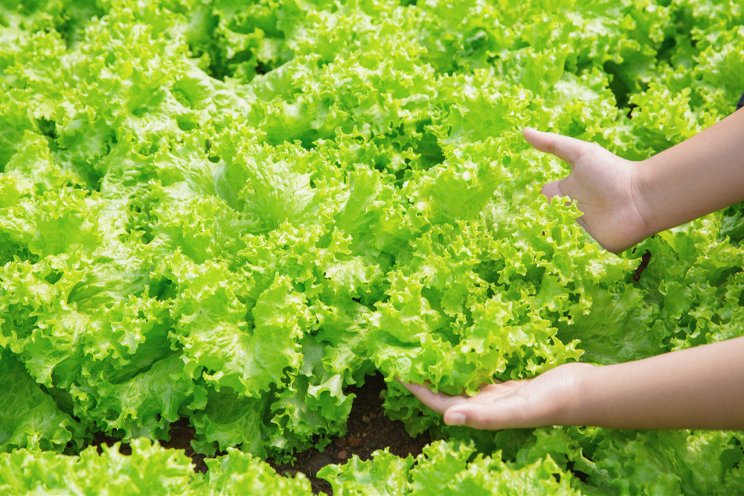Follow these innovative pathways to digital horticulture
Added on 01 January 2022
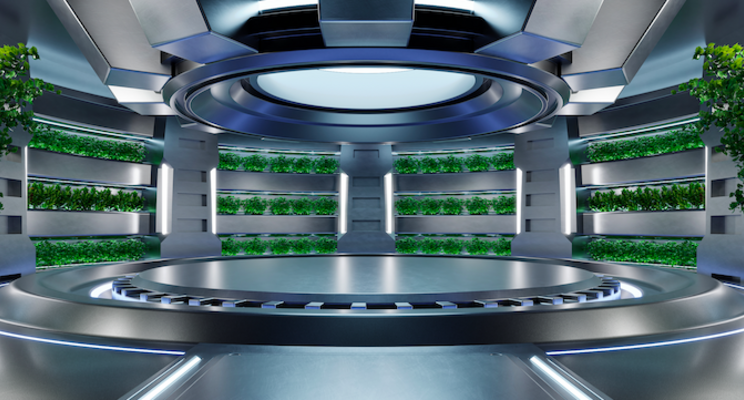
Labor is always the number-one cost for growers, and is the highest cost for greenhouse growers. The results of Greenhouse Grower's 2021 State of the Industry survey indicate that labor challenges and COVID-19 have encouraged more operations to invest in automation. About 36% of respondents said that their facilities are investing in more automation, and 26% are not right now, but are thinking about doing so in the future.
It has always been difficult to find skilled labor, and it is extremely hard now as the industry has boomed. The impacts of the pandemic make it even harder for businesses to compete for qualified workers and manage their bottom line. 65% of respondents rated labor as the greatest crop production challenge businesses are facing, and automation is a key strategy to relieve overworked staff and meet new operating requirements imposed during the pandemic.
Many growers see protection and automation as ways to overcome the second most challenging barriers for businesses: production space and insect control. 55% of respondents plan to invest in greenhouse structures in 2021, and more than 30% plan to invest in crop protection. Many growers are battling issues with dynamic conditions and extreme weather events and are seeking to maximize quality and yields in more advanced greenhouses with better controls.
Advanced greenhouse facilities may use higher-tech infrastructure like sealed and automated building envelopes, HVAC systems, LED horticultural lighting systems, irrigation systems (including hydroponics), and controls hardware and software to more precisely manage environmental conditions. Advanced greenhouses may also demonstrate operational optimization of labor and materials without the use of sophisticated infrastructure.
The results of the 2018 Autonomous Greenhouse Challenge found that artificial intelligence (AI) and automated control can serve indoor farming needs. When growing cucumbers, the winner was one of the four teams of robots controlled by AI, achieving 6% higher yields and 17% higher net profits. The second-place team of experienced human growers still performed well and achieved high yields, but was outperformed by robots controlled by an AI team with little experience growing the crop.
In its third year, 46 teams competed in the challenge by using machine learning climate control algorithms in a virtual greenhouse. Teams used computer vision and autonomous controls to determine HVAC and lighting setpoints to cultivate lettuce and maximize profitability. The 2021 winners of the Autonomous Greenhouse Challenge, Team Koala, built an algorithm that realized a virtual net profit of $0.94 per square foot of lettuce canopy. The next step of the challenge is the physical growing phase that starts in early 2022, where teams will grow real lettuce completely autonomously in Wageningen University Research greenhouse compartments.
The Future of Environmental Controls
According to Resource Innovation Institute Technical Advisory Council member Energy Solutions, automation provides labor, productivity, and energy benefits by utilizing data points to drive facility environmental controls and optimize the performance of environmental systems relative to the crop being grown. Automated greenhouses require controls that can tailor environmental conditions to plant growth requirements and characteristics.
Energy Solutions maximizes energy and greenhouse gas reduction impacts by supporting market transformation throughout a technology's product maturity cycle. Emerging technologies are monitored to verify performance and accelerate market adoption of the new technology. Established technology energy savings impacts are scaled up through market-based program delivery models such as midstream and upstream. Codes and standards are implemented to lock in savings across entire regions through local, state, and federal building codes and appliance standards.
Energy Solutions notes that while greenhouse HVAC systems may have started out as vents, circulation fans, and exhaust fans, greenhouse ventilation is evolving to include several other technology options. High performance greenhouse designs like those manufactured by RII Technical Advisory Council member Ceres Greenhouse Solutions are utilizing geothermal systems under the greenhouse floor to efficiently heat and cool greenhouses. These HVAC systems more closely resemble the high-efficiency designs utilized in high-end residential and commercial buildings than traditional greenhouses.
Vapor pressure deficit (VPD) control sequences are also becoming more popular for some crops. This type of control scheme modulates the temperature and humidity of a room to drive evapotranspiration of the plants. This can allow facilities to run at higher temperatures and humidity levels, reducing energy required for cooling and dehumidification while still achieving optimal environmental conditions for plants.
Click here to read more.
Photo created by vanitjan - www.freepik.com
Source: Greenhouse Grower
More news
